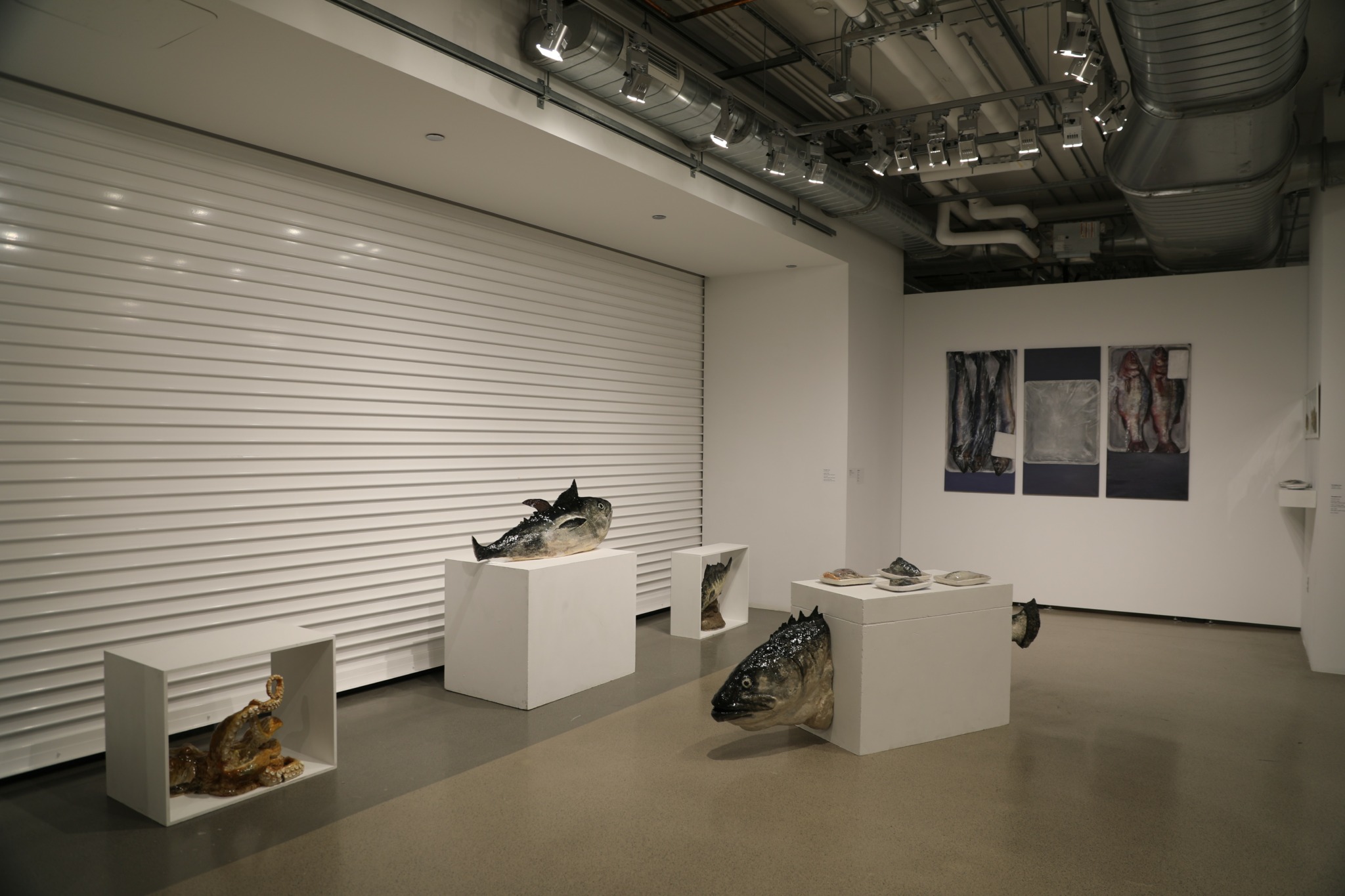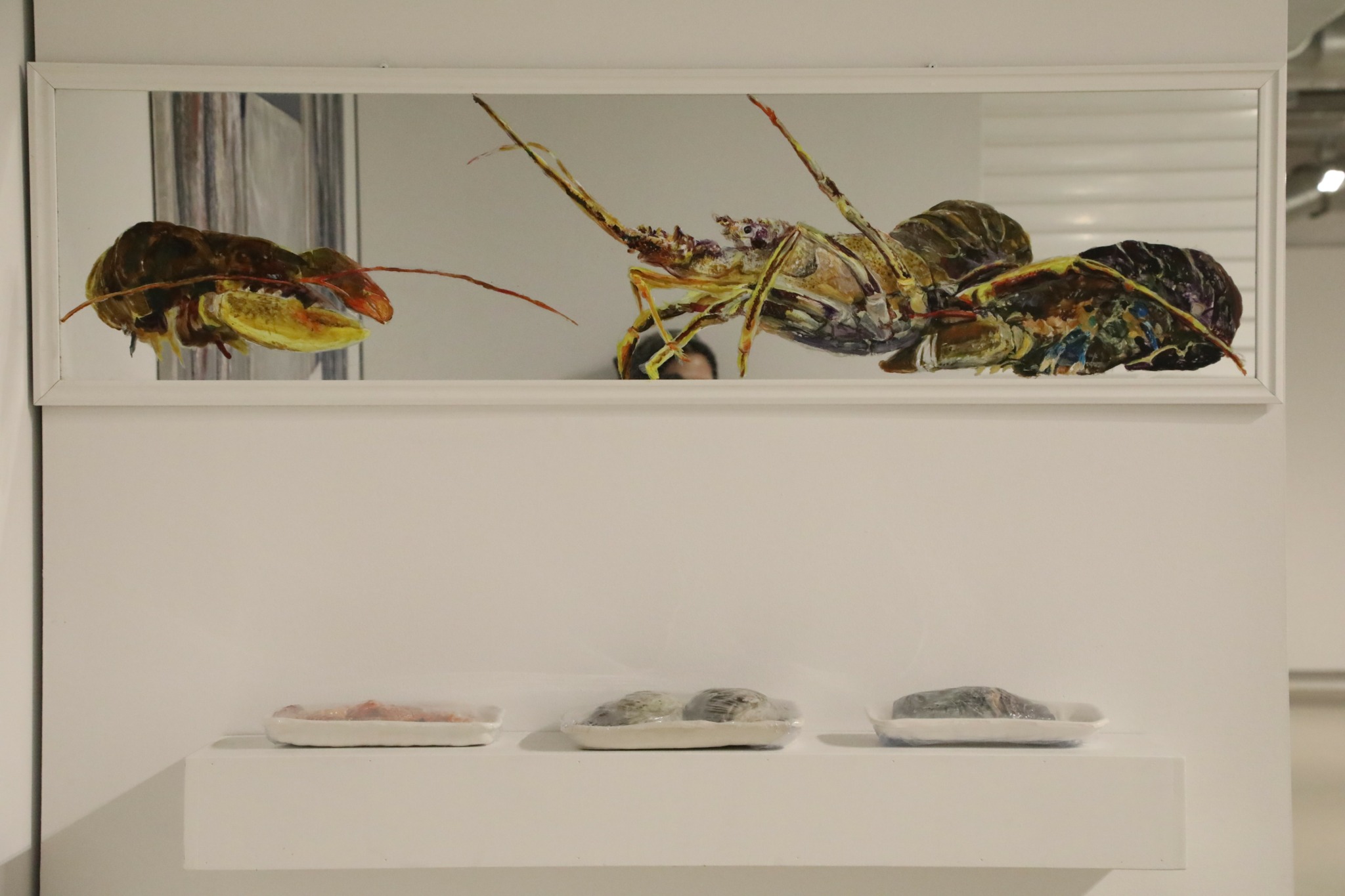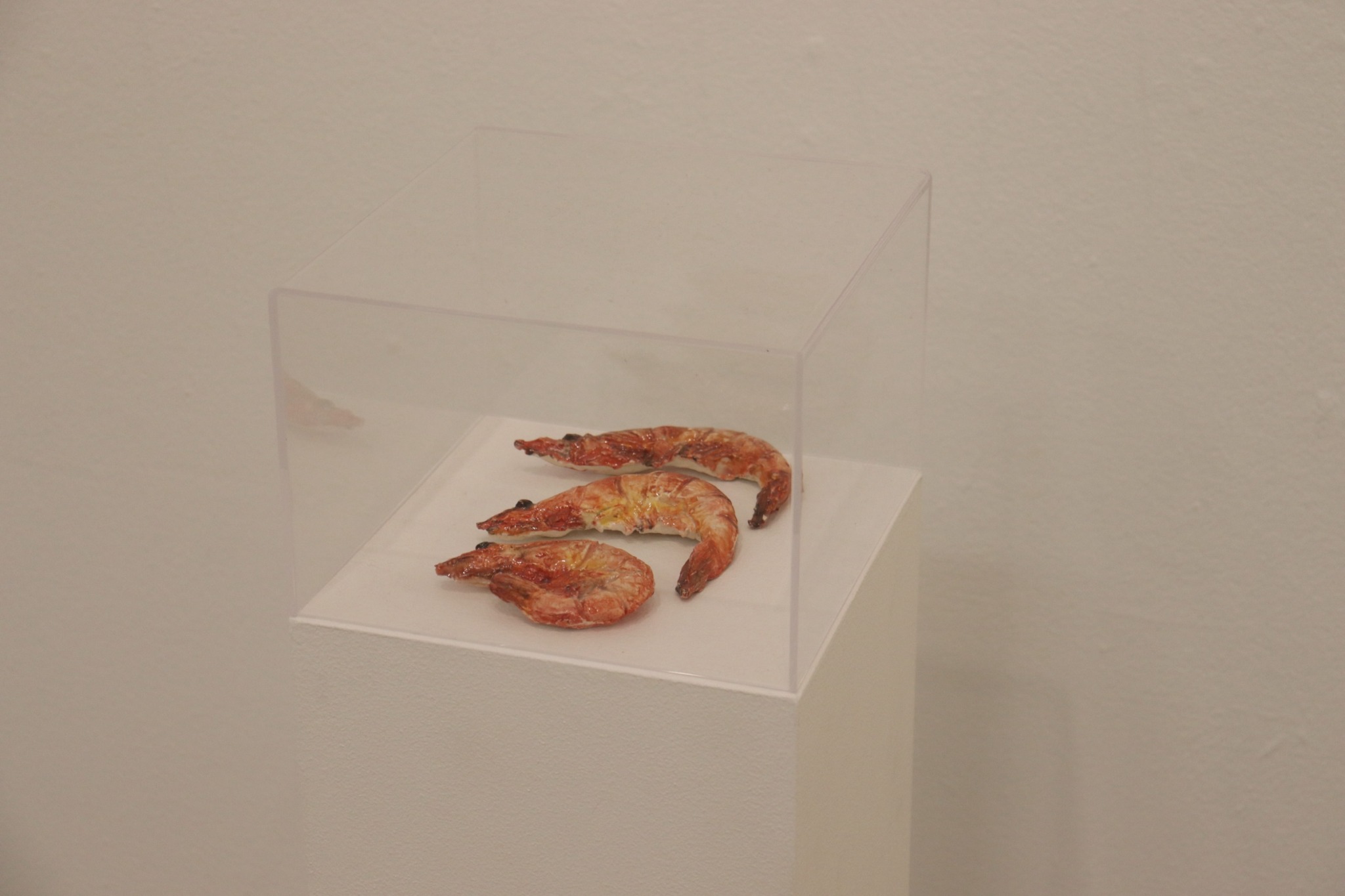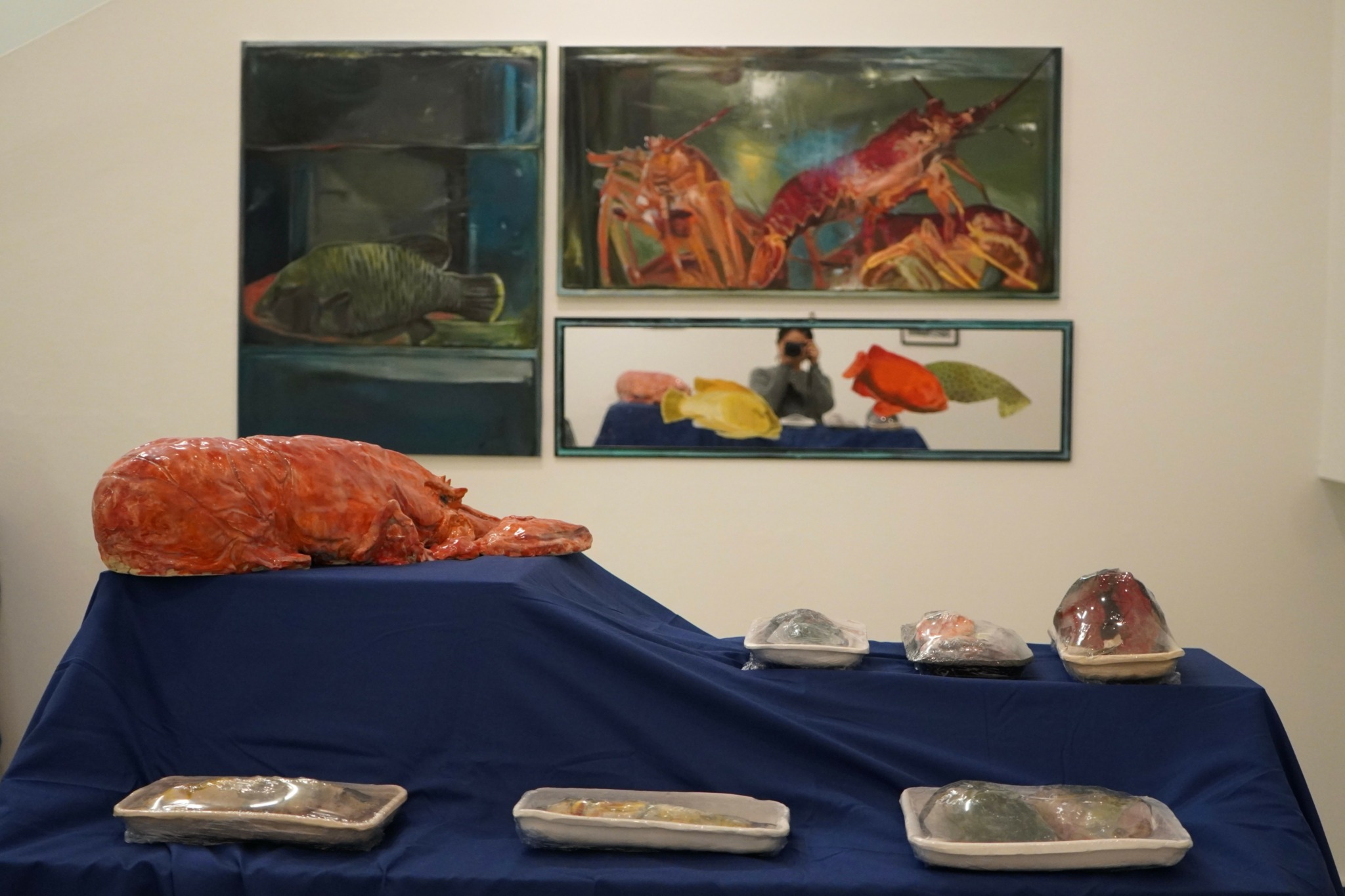Alright – so today we’ve got the honor of introducing you to Seunghee Lee. We think you’ll enjoy our conversation, we’ve shared it below.
Seunghee, looking forward to hearing all of your stories today. When did you first know you wanted to pursue a creative/artistic path professionally?
The story begins in an office at a university. At 9 a.m., I sit down and turn on my computer. It’s part of the daily routine for many working people.
I once attended art school and dreamed of becoming an artist, but I set that passion aside for a while to gain experience in the professional world.
The ringing phones in the office, the growing number of unread emails—when the phone rings, I respond with the same scripted line like an answering machine. I take on the tasks of the day, solve problems, and draft documents in response to emails. During lunch, I share small talk with my colleagues.
One afternoon, the work became unexpectedly difficult. Someone reacted to me very emotionally. I tried to calm them down and resolve the situation. While some of it may have been my fault, it wasn’t entirely on me. Still, I blamed myself. I sank into self-loathing and left work feeling burned out. That evening, I met a friend at a nearby bar, had a beer, and went home to sleep.
This was my life for a year. Honestly, it wasn’t bad. I had great colleagues, and I enjoyed having tasks to complete. But I began to crave something new—new experiences, new challenges. I wanted to take full ownership of my mistakes and learn from them.
So, in February 2022, I resigned from my job.
After that, I began creating my own work. During this time, I was fully immersed in my world, free from distractions. My process began with visions and ideas that came to mind, which I then brought to life visually with my hands.
Along the way, I explored my emotions and inner states—it felt meditative. The feelings I experienced while creating were completely different from the repetitive patterns of office life. When the work was complete, the result was like a chapter from a personal series—an honest reflection of my thoughts and sensibilities.
While studying in the MFA program in Chicago, I met inspiring and creative artists from around the world. Through their work and conversations, I came to understand what art can mean.
First, art gives us hope.
Second, it expresses reality in its own language.
Third, it helps restore balance to the world.
And fourth, it reveals the hidden value in ordinary things.
Immersed in this beautiful artistic world, I realized that I want to be part of it. I want to be inspired, and I want to create and work professionally. What began as a response to burnout has grown into a deep desire to take part in the meaning and power of art. I now wish to live and work in this creative and artistic field.

Awesome – so before we get into the rest of our questions, can you briefly introduce yourself to our readers.
My work begins with personal memories, specifically the familiar yet unsettling experiences I had at fish markets during childhood family trips. We always traveled near the sea, and before dinner, we stopped by the market where fish with their heads cut off lay on display. Even as a child, I felt a strange mix of fascination, discomfort, and anticipation. This contradiction between something grotesque and something joyful still lingers in me.
When I first gained the freedom to create after years of rigorous art exam training, I didn’t know where to begin. I instinctively returned to that memory and shaped a fish torso out of clay. To my surprise, the combination of clay, glaze, and oxide pigments closely resembled the surface of real fish. That moment of discovery captivated me, and I have been working with sea life ever since.
At its core, my practice reflects on death. I often imagine what comes after, when all breathing stops and life functions cease. As I’ve grown older, I’ve encountered death more often—from my childhood hamster to our family dog, and later, my grandparents. These quiet losses made me realize that death, though heavy and inevitable, is also deeply personal and constantly present in our lives.
My ceramic fish are modeled after real, dead sea creatures. Yet in their lifelessness, I create a kind of fiction through playful imitation that hints at grief, memory, and tenderness. In a way, these “fakes” are filled with my own emotions. Perhaps it is a quiet wish that death itself might not be real, or perhaps it reflects my lingering attachment to what has already passed.
Still, my work contains an ironic twist. These animals, once alive, are now ingredients for joyful meals. Within that contradiction, I find meaning. Death is not always tragic; it can also coexist with happiness, laughter, and family. Like Halloween, we sometimes clothe sorrow in humor.
At first glance, my work may resemble dismembered seafood arranged in a gallery. This discomfort is intentional. I enjoy creating a sense of estrangement, a playful tension between the natural and the artificial. I observe how sea creatures are caught, processed, packaged, and consumed, watching how something once wild becomes an object shaped by human needs and systems.
Ultimately, I reflect on the silent truths we live with—how we confront death, how we assign value to objects and beings, and how we mask our discomfort. My work invites viewers to pause, to look again, and to find meaning in what is beautifully strange.

What do you think is the goal or mission that drives your creative journey?
My creative journey began with expressing familiar yet unexplained emotions through images of sea life.
To me, art is the act of capturing both life and death in their many forms.
The sea, for me, is a constantly moving yet silent space and through its living creatures, I try to express transient emotions like loneliness, memory, and mourning.
At other times, I seek to convey humor and joy by reimagining everyday objects within the context of galleries or studios.

For you, what’s the most rewarding aspect of being a creative?
It is fascinating to give form to my thoughts and share them visually with others, then hear their impressions or responses.
The most rewarding moments are when someone spends time in front of my work, engages in conversation with others, or asks me questions about it.
Those moments affirm that emotion has been conveyed and they give me confidence that something complex and difficult to express has been successfully communicated through visual language.
Another rewarding moment is when I touch the clay with my hands and begin to shape it.
The process of working against the resistance of the material and finally bringing the piece to completion gives me a deep, indescribable satisfaction.
It is the act of creating something that has never existed in the world before.
Contact Info:
- Website: https://imfishhead.myportfolio.com/?fbclid=PAZXh0bgNhZW0CMTEAAafKUgnOGPa-G-OxLBM9sPMxEF-tsRUkOWj05_q6pCm50j1iB66BtMLE-Yy3iw_aem_dhnAHKy0QiFFxSrop6g5lw
- Instagram: @i_m_fishhead



Image Credits
Asamaporn Piriyapokanon
Eugene Lee


